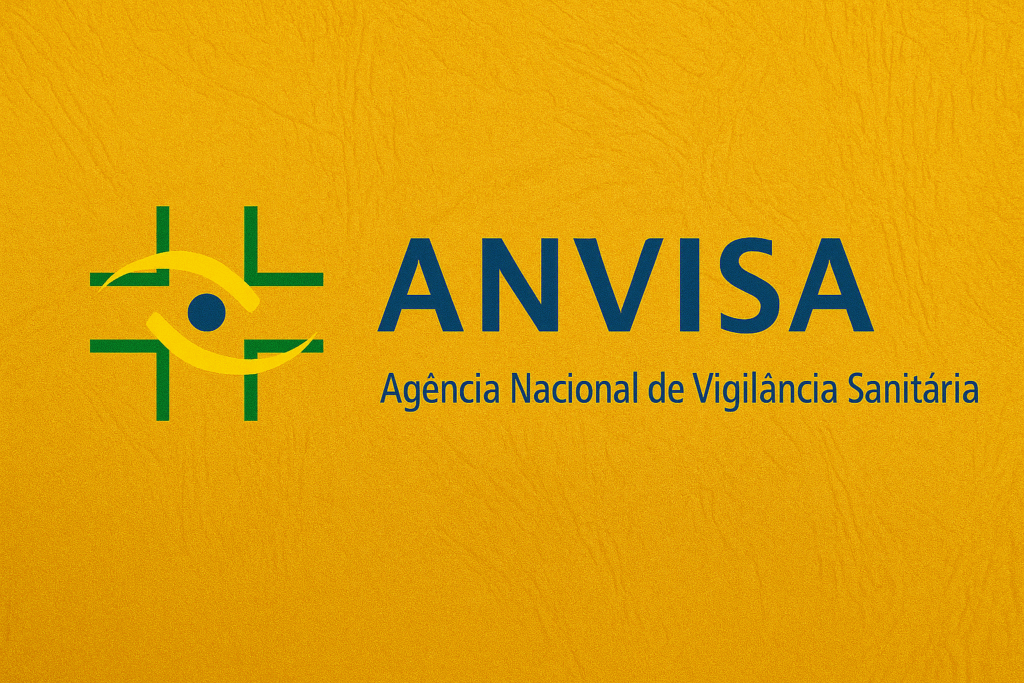Introduction
As Brazil continues to solidify its position as a
significant player in the global medical device market, understanding its
regulatory landscape becomes paramount for manufacturers aiming to enter or
expand within this dynamic environment. A fundamental aspect of this landscape
is the classification of medical devices, governed by the Brazilian Health
Regulatory Agency (ANVISA). Proper classification not only ensures compliance
but also influences the registration pathway, documentation requirements, and
time to market.
ANVISA and the Regulatory Framework
ANVISA (Agência Nacional de Vigilância Sanitária) is the
authoritative body responsible for the regulation and oversight of medical
devices in Brazil. In September 2022, ANVISA introduced Resolution RDC No.
751/2022, which came into effect on March 1, 2023. This resolution replaced the
long-standing RDC 185/2001 and consolidated various regulations, including
those pertaining to risk classification, registration procedures, labeling, and
instructions for use. Notably, RDC 751/2022 aligns Brazil’s classification
rules more closely with the European Union’s Medical Device Regulation (EU MDR)
2017/745, incorporating 22 classification rules that consider factors such as
invasiveness, duration of contact, and the device’s role in diagnosis or
therapy.
Risk-Based Classification System
Under RDC 751/2022, medical devices are categorized into
four classes based on their risk level:
- Class
I: Low risk (e.g., surgical gloves, bandages)
- Class
II: Medium risk (e.g., dental drills, diagnostic imaging equipment)
- Class
III: High risk (e.g., orthopedic implants, ophthalmic lasers)
- Class
IV: Very high risk (e.g., pacemakers, heart valves)
The classification determines the regulatory pathway:
- Notification:
Applicable to Class I and II devices. This process is less stringent and
does not require ANVISA’s pre-market review.
- Registration:
Mandatory for Class III and IV devices. This involves a comprehensive
review by ANVISA and is valid for ten years, subject to renewal.
Key Classification Criteria
The classification of a medical device in Brazil is
determined by several factors:
- Intended
Use: The purpose for which the device is designed.
- Duration
of Contact: How long the device is in contact with the body.
- Invasiveness:
Whether the device penetrates the body, and if so, how deeply.
- Active
vs. Non-Active: Whether the device relies on a source of energy other than
that generated by the human body.
- Systemic
vs. Local Effect: Whether the device’s effect is localized or systemic.
Manufacturers must carefully assess these criteria to
determine the appropriate classification, as misclassification can lead to
regulatory delays and increased costs.
Special Considerations
RDC 751/2022 introduces specific rules for emerging
technologies:
- Software
as a Medical Device (SaMD): Now explicitly addressed, with classification
depending on the software’s intended use and risk.
- Nanomaterials:
Devices incorporating nanomaterials are subject to particular scrutiny due
to potential systemic exposure.
These additions reflect ANVISA’s commitment to keeping pace
with technological advancements and ensuring patient safety.
Importance of Correct Classification
Accurate classification is crucial for several reasons:
- Regulatory
Pathway: Determines whether the device undergoes Notification or Registration.
- Documentation
Requirements: Higher-risk classes necessitate more comprehensive technical
dossiers.
- Time
to Market: Misclassification can result in delays due to re-evaluation and
additional documentation.
- Compliance:
Ensures adherence to Brazilian Good Manufacturing Practices (B-GMP) and
other regulatory standards.
As a seasoned medical device regulatory consultancy, we
offer comprehensive support to manufacturers navigating Brazil’s regulatory
landscape:
- Classification
Assessment: We evaluate your device’s characteristics to determine the
correct classification under RDC 751/2022.
- Regulatory
Strategy: Develop a tailored plan to streamline the registration process,
minimizing time and cost.
- Technical
Dossier Preparation: Assist in compiling the necessary documentation in
compliance with ANVISA’s requirements.
- Local
Representation: Act as your Brazil Registration Holder (BRH), facilitating
communication with ANVISA and ensuring ongoing compliance.
Conclusion
Understanding and correctly applying Brazil’s medical device
classification system is a foundational step for market entry. With the
implementation of RDC 751/2022, aligning with international standards,
manufacturers have a clearer framework but must remain vigilant to ensure
compliance. Partnering with experienced regulatory consultants can
significantly ease this process, allowing you to focus on delivering innovative
medical solutions to the Brazilian market.
References:
- ANVISA.
Resolution RDC No. 751/2022.
- ANVISA.
Medical Devices – Official Regulatory Page.
- ANVISA.
Resolution RDC No. 665/2022 – Good Manufacturing Practices.
- ANVISA.
Resolution RDC No. 687/2022 – GMP Certification Procedures.
- ANVISA.
Resolution RDC No. 830/2023 – Classification of IVD Devices.
- ANVISA.
Normative Instruction IN No. 290/2024 – Optimized Analysis Procedure.
- ANVISA.
Medical Device Single Audit Program (MDSAP).
- ANVISA.
MDSAP – Frequently Asked Questions.
For tailored regulatory support, contact Titans Medical
Consulting—your partner in global medical device compliance.

